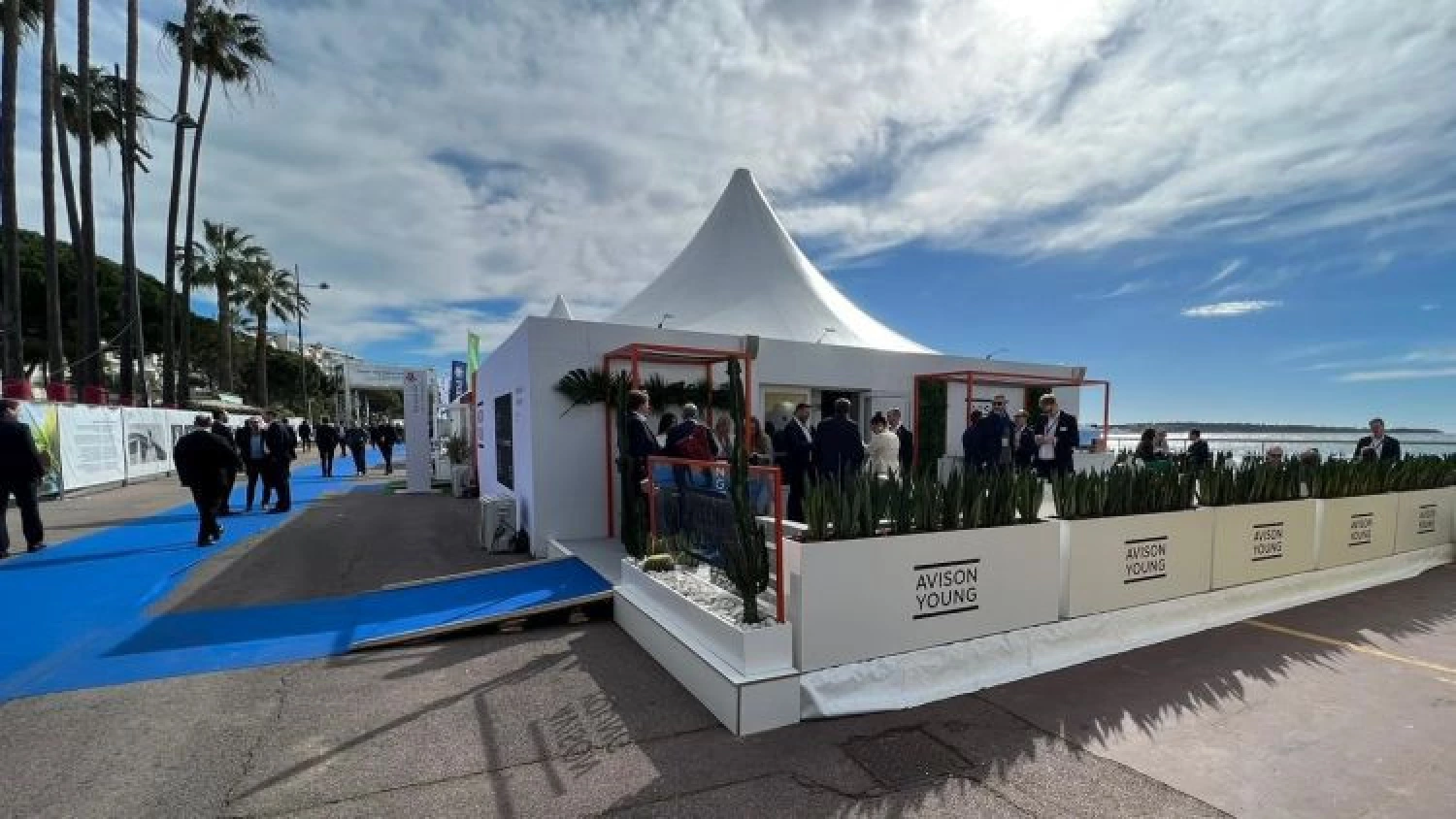
The mood among investors at MIPIM was mixed: we all expected that the beginning of this year would not be rich in transactions and new projects, and it is true - we are seeing an investment slowdown across Europe, writes Marcin Purgal, Senior Director, Investment at Avison Young. However, in this time of uncertainty, we can say that Poland is enjoying and will continue to enjoy the interest of investors - it is one of the most active markets, across all segments, offering higher rates of return than Western Europe. We have an influx of new capital from the Baltic countries and Scandinavia. Also, the already present capital is still active, such as investors from Central and Eastern Europe as well as a few from Western Europe.
Office sector
In the uncertain market conditions of 2022, many investors in the office sector turned to stable assets. Almost 90% of the €2.1 billion invested in the sector in 2022 fell on core or core+ properties, which are in line with a low-risk strategy. Despite that, in the second half of 2022, there was a sharp turn and a noticeable increase in value-add and opportunistic transactions.
We expect many investors to continue to oscillate around value-add and opportunistic assets in 2023. We are already seeing a lot of interest in many such buildings, in both Warsaw and major regional cities. Unfortunately, there will be less interest in core assets, as there has not yet been a noticeable lowering of expectations regarding price levels, and rising funding costs are not helping to achieve the expected returns. However, it is only a matter of time before the towers in the centre of Warsaw are traded again.
Warehouse sector
The investment volume in Poland in January and February was not spectacular, amounting to approx. €260 million. Warehouses dominated in this period in terms of the number of transactions. 2021 was a record year for the sector in terms of the volume of transactions, but last year was characterized by a certain weakening of the transaction volume. We expect the amount and volume of transactions to be even lower this year unless sellers accept price reductions so that buyers can achieve the expected returns.
Retail sector
Retail parks are one of the most sought-after investment products at the moment. This segment broke a record last year, accounting for 65% of the total number of transactions in the retail sector. We believe that retail parks will continue to be an important element of the sector and investors will continue to buy these assets. Whereas when it comes to the shopping centre sector, the main focus will be on cheap assets in good locations with the possibility to obtain financing from an existing lender.
PRS sector
It is currently the second hottest market segment, which closed the year 2022 with a record volume of finalized transactions of 150 million. It should be noted that the PRS sector in Poland is still in its initial stages, as the share of PRS premises in the existing housing stock in the cities is still marginal - well below 1%. For comparison, in Berlin, their share amounts to 30%. Although some development projects in this sector have been temporarily suspended, we expect its further development and new players on the market.
An increasing number of active developers are converting part of their housing portfolio into PRS, which is related to the slowdown in individual sales and the lack of availability of mortgage loans. It also seems natural that new investors may appear in the sector, as well as new projects or platforms.
In the upcoming months, we can expect difficult discussions between buyers and sellers, which will concern the downward pressure on prices. Funding will also be a key issue. At present, banks are very selective in granting financing, preferring cooperation with entities that already have a strong reputation on the market.
We expect, however, that the Polish commercial real estate market, despite the smaller number of transactions, will continue to be one of the most liquid markets in Central and Eastern Europe.



